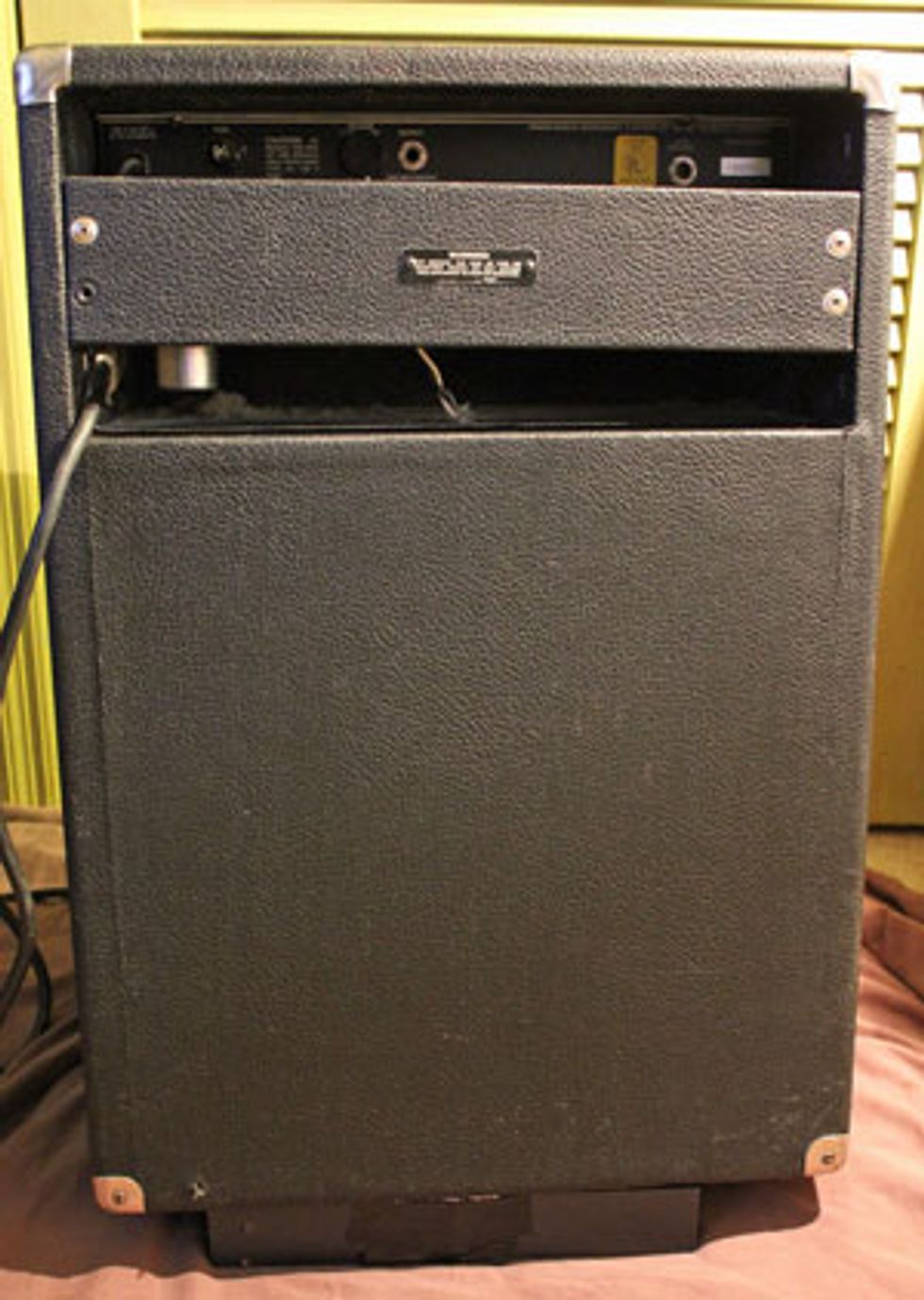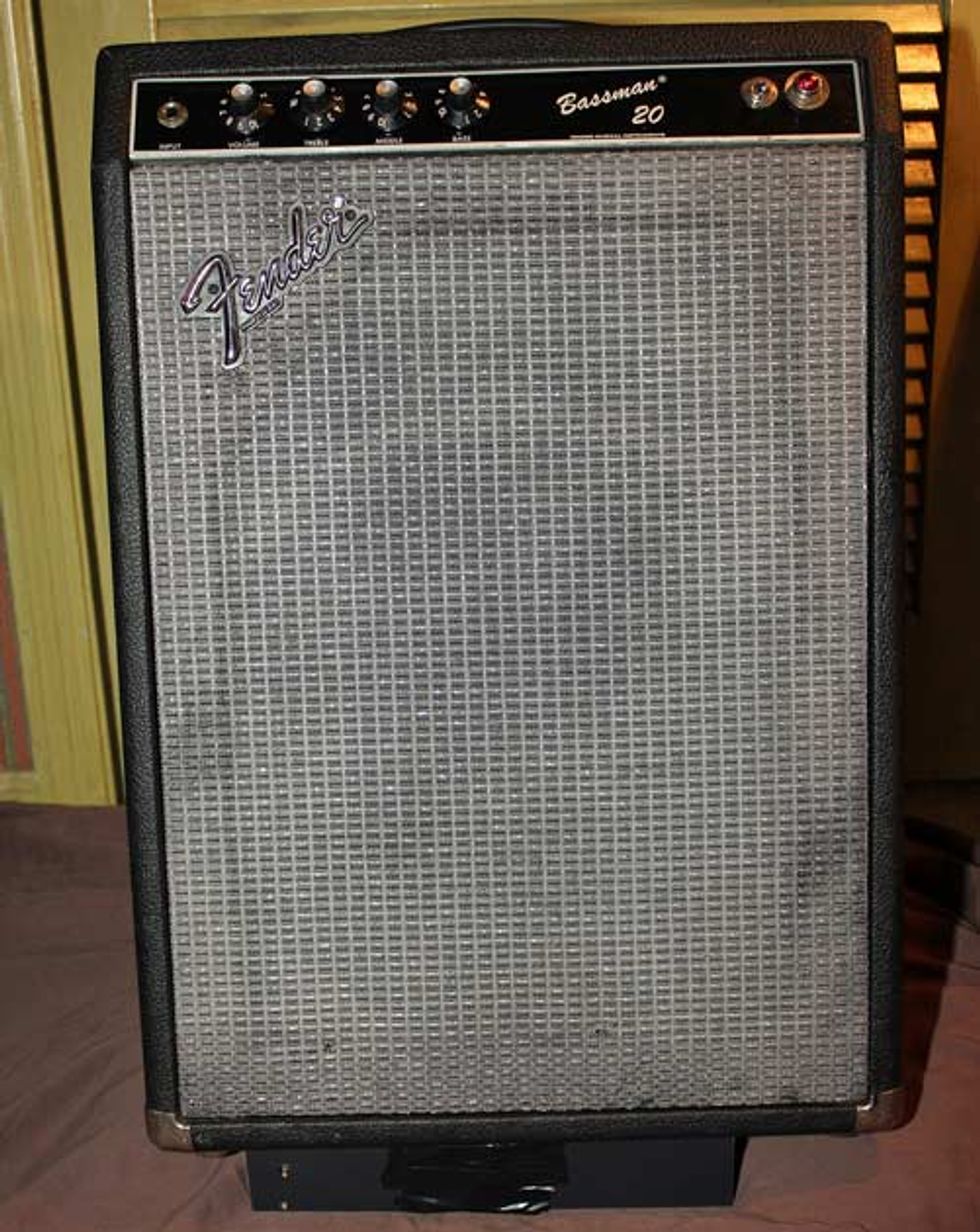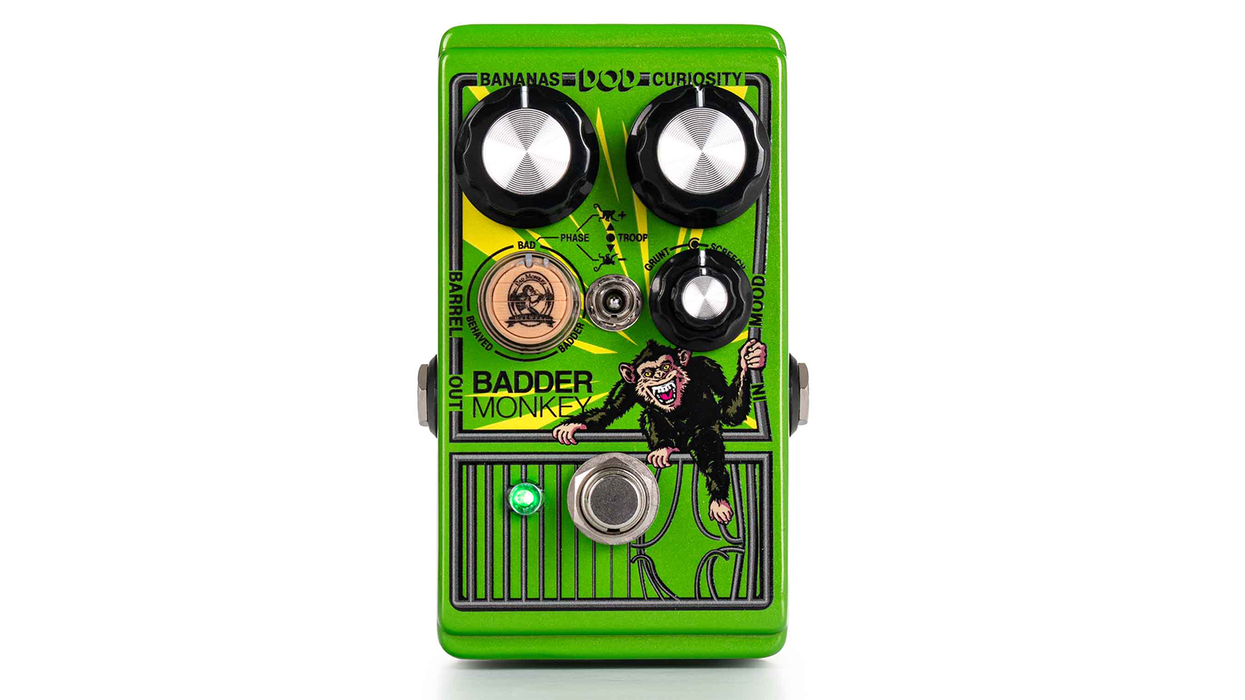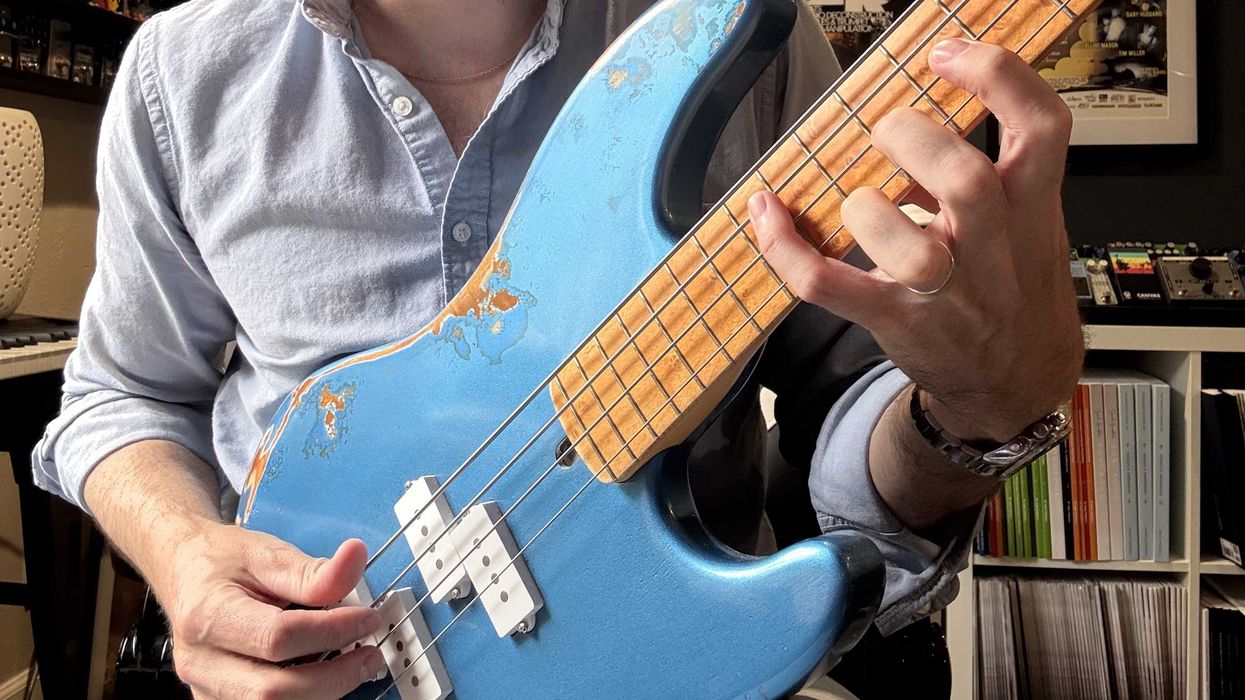Hey Zach,
I have a Fender Bassman 20 that I mainly use for playing guitar. I read in a couple of places that fewer than 600 of them were made. Do you know the reason for that? I also read that the Bassman 20 is better suited for guitar than bass. Trash or Treasure?
Thanks,
James B. in Columbus, North Carolina
Hi James,
I think many would agree that the name “Bassman” is somewhat misleading since so many guitarists actually use these amps. It’s another example of how music and guitar playing have evolved over the years. Let’s start this month’s column off with a little history on the subject.
The Fender Bassman was introduced in 1952 as a companion to Fender’s groundbreaking Precision bass. It’s important to note that guitar amplifier technology was still relatively primitive in the late 1940s, when upright basses were still the name of the game for the low end in bands. Outside of Everett Hull of Ampeg fame, nobody at the time beyond Leo Fender had really given much serious thought about amplifying a bass.
What Leo probably never envisioned is that his Bassman would go on to be one of the most popular amplifiers of all time for blues guitarists, harmonica players, and pedal-steel players. It was also the amplifier that Jim Marshall based his iconic JTM45 on. Fender’s 1959 Bassman 5F6-A model is widely considered to be one of the best amplifiers ever produced. The Bassman is certainly a very important piece of amp history.
With the exception of a few years in the 1980s, the Bassman has been part of Fender’s lineup since it was introduced. It’s gone through all of Fender’s cosmetic treatments (TV front, wide-panel tweed, narrow-panel tweed, brownface, blackface, and silverface) and the chassis has been updated and modified several times as well.
As guitar amplification continued to evolve in the 1960s, bassists found it increasingly difficult to make their low frequencies heard. The Bassman was losing its popularity amongst bass players and they were instead turning to Ampeg, Kustom, and Marshall. That’s not to say the Bassman wasn’t a good-sounding amplifier—there’s a reason Fender has kept it in their lineup for more than 60 years. But bassists’ playing styles and volumes were changing, and by the ’70s (when the company was owned by CBS), Fender was doing little to satisfy their needs. At the time, the Super Bassman, Bassman 100, and rare Bassman 135 were the only three Bassman amplifiers to reach 100-watts RMS output—simply not enough to keep up with amplified guitars, drummers, and PA systems.
The Bassman 20 was the smallest Bassman released as well as the last tube Bassman introduced during the CBS-era. The single-channel Bassman 20 was considered a practice amp and featured 18-watts RMS output, a single 15" speaker, a 4-tube chassis with two 7025 preamp tubes and two 6V6 power tubes, and four controls for volume, treble, middle, and bass.

It was unveiled in 1982 and manufactured for just over a year before Fender’s “II” series of tube amps replaced all existing models. This is the reason so few of them were made. (I’ve seen reports of around 500 or so being produced.)
When Fender introduced the Paul Rivera-designed “II” series, the Bassman namesake was applied to a small solid-state combo and not carried over to a tube variation. A vintage reissue amp based on the popular 1959 narrow-panel tweed Bassman was released in 1990, but Fender didn’t focus on bass amplification seriously again until the turn of the millennium.
It was in the late 1980s that Fender bought Sunn—a relatively well-known bass amplifier company—but kept the trademark mothballed for nearly a decade before introducing the 300T. Fender discarded the Sunn name altogether in 2002, put the Fender name on the amp, and called it the Bassman 300 Pro. Today, there are many series of Bassman amps in production, ranging from practice amps to professional bass rigs.
The Bassman 20 model you have puts out a very clean sound because of its relatively low wattage, large speaker, and simple circuitry. Bassists familiar with the Bassman 20 note that it works well for home recording and practice situations. The Bassman 20 has also become popular for budget-conscious bedroom guitarists because of its tube power, minimal circuitry, and just the right amount of volume. Onstage in a band situation, however, the amp may not be so ideal since it really can’t push enough volume to keep up with other members in the band.
As “rare” as these amps are (I can’t stress enough that rarity does not necessarily translate to desirable), they’re fairly affordable and currently valued between $350 and $450 in excellent condition. All that said, I’d say treasure!


![Rig Rundown: Russian Circles’ Mike Sullivan [2025]](https://www.premierguitar.com/media-library/youtube.jpg?id=62303631&width=1245&height=700&quality=70&coordinates=0%2C0%2C0%2C0)












